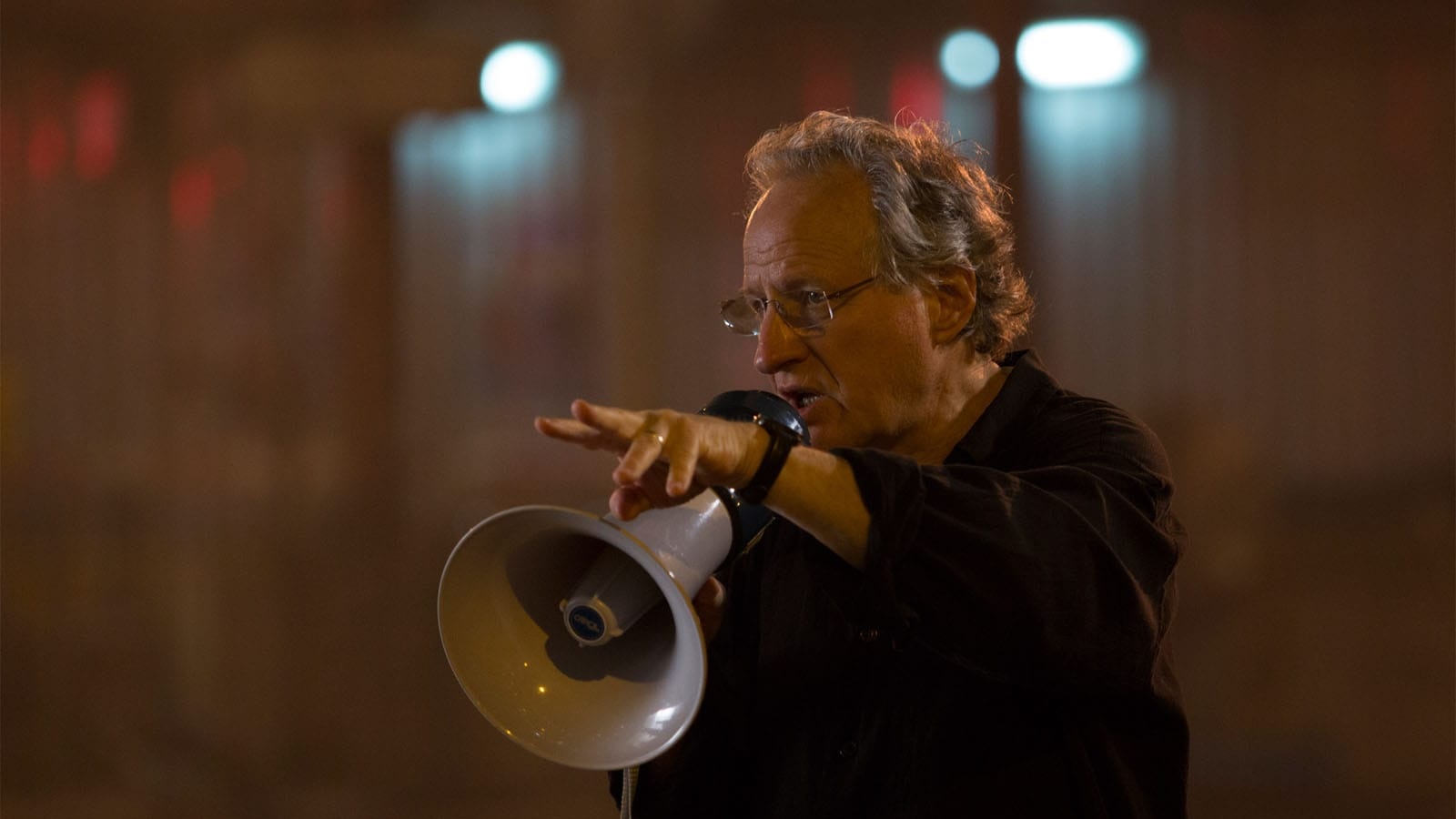Mann’s World
Share

Five highlights of the past seven days:
- Films by Michael Mann are the subject of two not-to-be-missed pieces this week. Writing for Oscilloscope’s Musings, Bilge Ebiri argues the case for the neglected Blackhat (2015): “When video liberated Mann, it also turned him, in some ways, into a different director, one focused as much on the textural possibilities of cinema as much as its narrative ones. But in other ways, the director did not change: He still sought to explore his characters’ subjective experiences.” And in the Notebook, Cristina Álvarez López and Adrian Martin present an audiovisual essay: “Symmetry is everywhere in Manhunter [1986]: in its visual framing, its production design, and above all its narrative and thematic architecture.”
- Is Andrei Tarkovsky’s Stalker (1979) cursed? As many as three deaths, including the director’s own, have been attributed to the film’s making. For the TIFF Review, Robert Bird revisits the lore and the journey at the heart of the project that would become “the closest Soviet culture came to a punk aesthetic. . . . Maybe the Zone is simply the cinema itself, a locus of experience formed of inquisitive human gazes and an uncannily impersonal machine gaze—the place one goes to see one’s innermost desires fulfilled, but only vicariously.”
- The new issue of the Brooklyn Rail features not only Leo Goldsmith’s conversation with Jodie Mack about her sixty-minute montage, The Grand Bizarre (screening tomorrow at the New York Film Festival), but also Lucia Coco on the work of Harun Farocki “as a kind of metacinema”; Shelby Shaw on Chris Kennedy’s Watching the Detectives, a short 16 mm film on how an ad hoc online collective investigated the Boston Marathon bombing of 2013; and Gina Telaroli’s interview with Caroline Golum, whose first film, A Feast of Man, is screening this month at the Spectacle Theater in New York.
- Several scratches in the images flashing on the computer screens on board the Discovery spacecraft in Stanley Kubrick’s 2001: A Space Odyssey (1968) have prompted Philippe Theophanidis, an assistant professor at York University in Toronto, to delve into how digital imagery was conceived and created in the pre-digital age.
- The exhibition John Waters: Indecent Exposure opened at the Baltimore Art Museum this week, and Interview’s gotten artist Rob Pruitt to talk with the Pope of Trash about his work. “I try to deal with the question, ‘Can art be funny?,’” says Waters. “Everybody knows it can be witty, but can it be funny? I think it can.”
For news and items of interest throughout the day, every day, follow @CriterionDaily.



